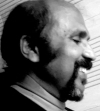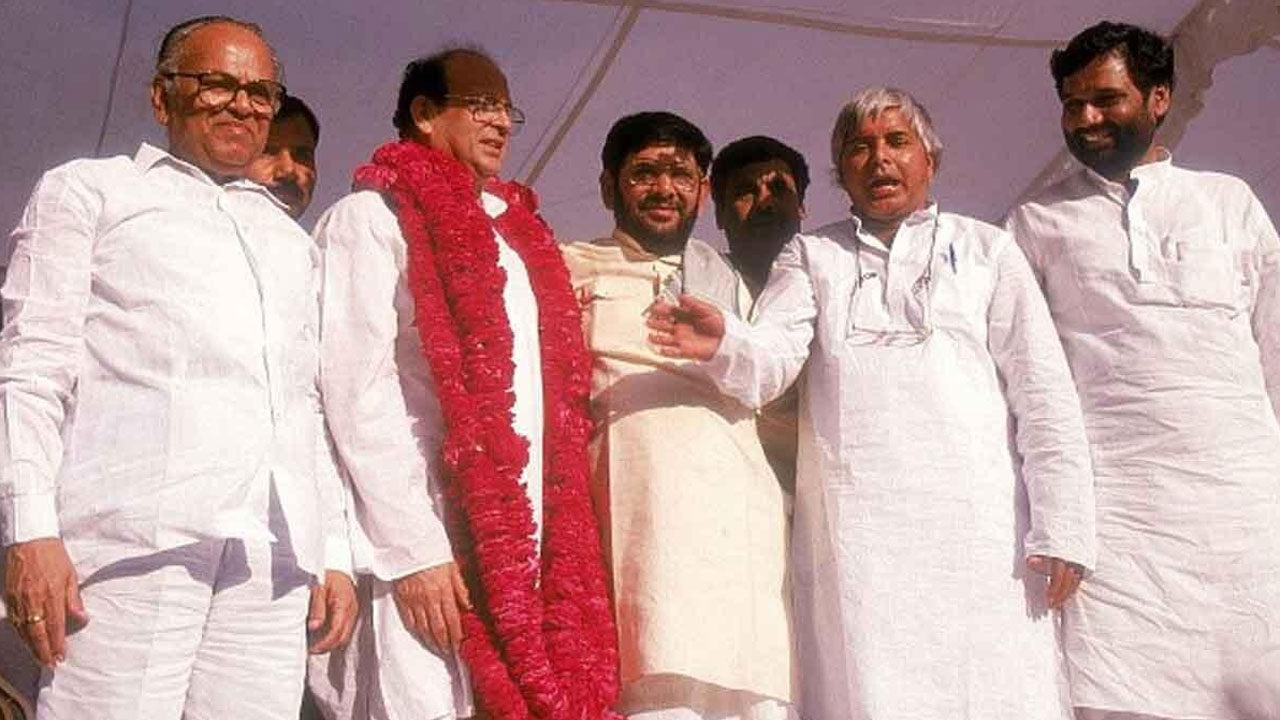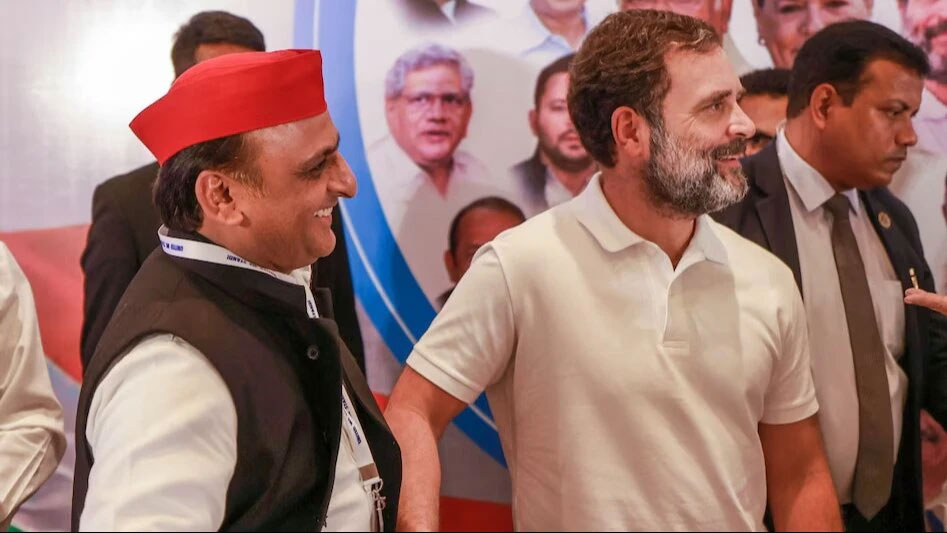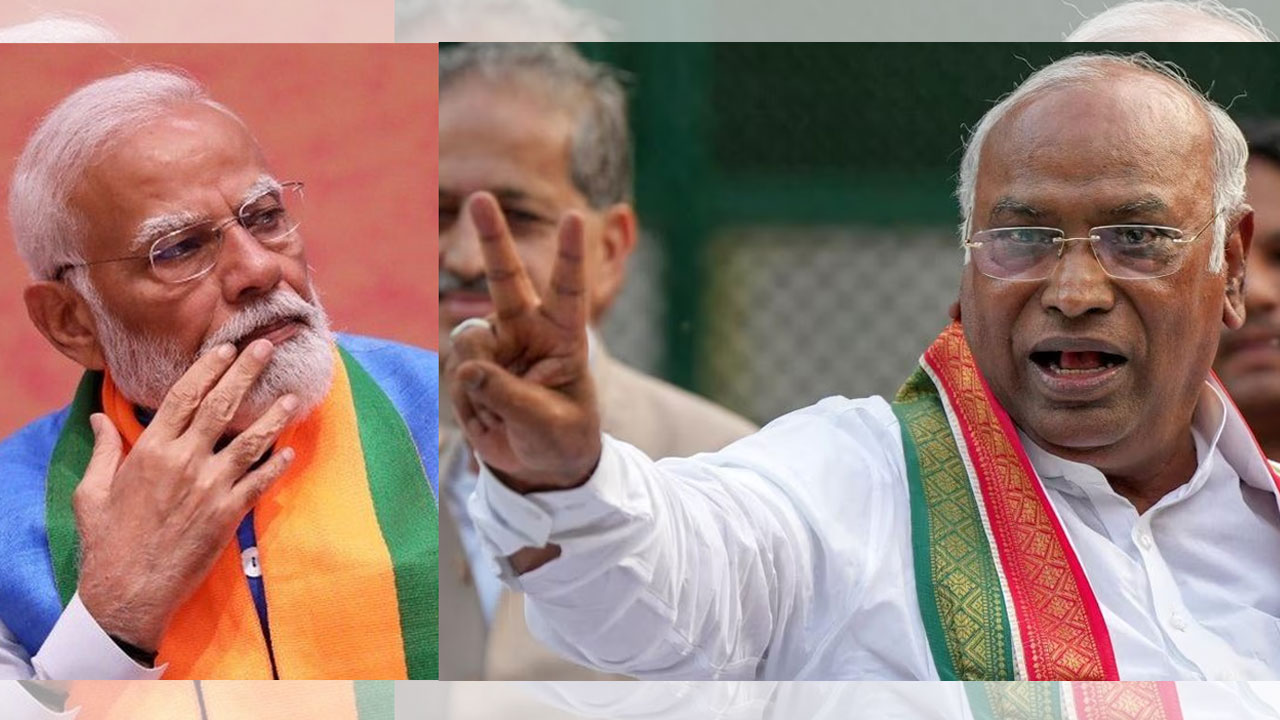Irregularities in the conduct of the National Eligibility Cum Entrance Test (Undergraduate) (NEET-UG) have been grabbing the headlines for some time now. It is said that the question paper of NEET – the gateway to medical courses in the country – was made available to some examinees before the commencement of the examination. Four students arrested by the economic crimes unit of the Bihar Police have admitted that the question paper was supplied to them a day before the examination. Around 14 arrests have been made in connection with the case.
Additionally, the National Testing Agency (NTA), which conducts the examination, awarded grace marks to 1,563 candidates. No notification was issued by the NTA with regard to the grace marks. The agency has been unable to explain logically or cite the rules on the basis of which certain examinees who wrote the examination at certain centres were awarded grace marks. After the Supreme Court’s rap, the NTA decided against awarding grace marks and the affected candidates were given the option of retaking the examination on 23 June 2024.
This is not all. This year, as many as 67 candidates got the maximum possible 720 marks. In 2023, only two candidates got full marks. Even in the earlier years, not more than one or two students had scored full marks. It is difficult to understand how and why the number of candidates with perfect scores has suddenly jumped to 67.
What makes this remarkable feat suspicious is that six of them had taken the examination from the same centre. According to the list of toppers issued by the NTA, the roll numbers of eight of them are in a series. Of the eight candidates with roll numbers ending with 62-69, six have obtained full marks while the remaining two have scored 719 and 718. Given the evaluation system used for NEET, obtaining scores of 719 or 718 is impossible. Four marks are granted for each correct answer in NEET and one mark is deducted for every incorrect answer. Thus, a candidate who answers all the questions correctly will get 720 marks, the one who leaves one question unanswered and answers all the others correctly will get 716 marks and one who attempts all questions and answers all but one correctly will get 715 marks, Thus, scoring 718 or 719 is out of question.
Another unanswered question is why the announcement of the NEET-UG results, originally scheduled for June 14, was preponed by 10 days and announced on June 4, the day on which General Election results were announced. Did the NTA think that the irregularities committed by it will be drowned in the din of the election results?
Question paper leaks and corruption are serious issues irrespective of the examination in question. What did or can happen because of corruption? Those close to the powers that be, the agency conducting the exam or middlemen will get advance access to the question paper and the correct answers. Now, such people, obviously, must be powerful, rich and well connected. The sons and daughters of such persons will study medicine and become doctors.
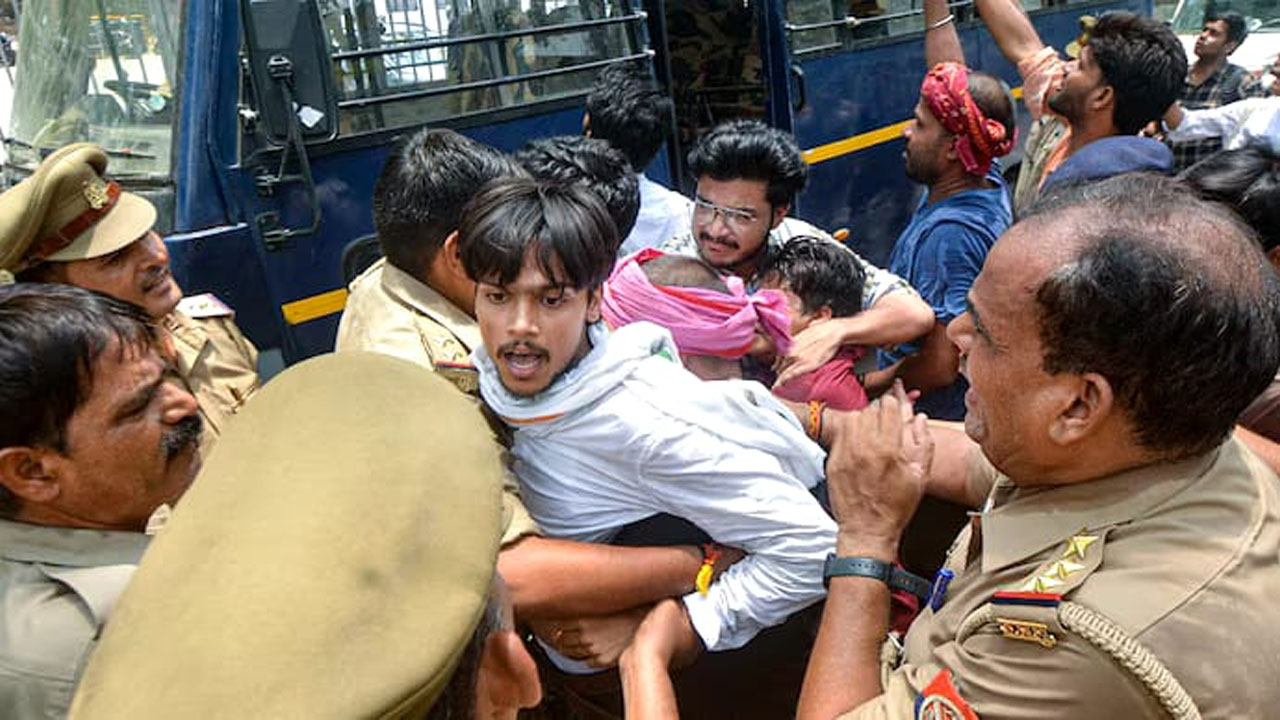
Another pertinent question is that even if one presumes that the conduct of NEET was perfectly fair and transparent – and maybe it was so in the past years – whose daughters and sons stand a higher chance of cracking it?
Before dwelling on this question, a brief history of NEET-UG and the earlier entrance exams would be in order. NEET is the sole qualifying examination for admission to medical colleges all over the country. The decision to launch NEET was announced by Kapil Sibal, then minister for human resource development in the United Progressive Alliance-II regime. However, the decision could be implemented only in 2020. NEET-UG replaced the All-India Pre-Medical Test (AIPMT) and the admission tests conducted by different states and medical colleges. After the promulgation of the National Medical Commission Act in September 2019, NEET-UG became the only entrance test for medical colleges in the country, including the All India Institute of Medical Science (AIIMS) and Jawaharlal Institute of Postgraduate Medical Education and Research (JIPMER).
Before that, all the states used to hold their own pre-medical tests. Besides, some prestigious medical schools such as AIIMS, JIPMER, Institute of Medical Sciences-Banaras Hindu University (IMS-BHU), Kasturba Medical College (KMC) Manipal and Mangalore, and Christian Medical College (CMC) Vellore used to hold separate entrance tests.
It is a well-known fact that barring central educational institutions located within their jurisdiction, all states have their own curriculums for educational institutions right from primary schools to institutions of higher learning. Passing Class 12 (Intermediate) examinations is the minimum qualification for admission to medical colleges. All states have their own curriculums for Class 12 and their secondary boards of education conduct the Class 12 examinations based on those curriculums. Earlier, these states would also test students for admission to medical colleges run by them in accordance with their Standard 12 curriculums.
Education, which is now in the Concurrent List of the Constitution, was a state subject till 1976. In that year, education, along with four other subjects in the State List, was added to the concurrent list via the Constitution (Forty-Second) Amendment Act. Education was originally placed in the State List because it was thought that as different states have their own peculiarities and needs, they should be empowered to draw up their own curriculums and conduct their own examinations. This was in keeping with the federal system of governance prevailing in the country.
Accordingly, the states were given the right to conduct their own medical entrance tests based on curriculum prepared by them. In 2012, the Congress-led central government stripped the states of this right and decided to launch an integrated examination for admission to medical colleges all over the country based on the CBSE curriculum.
The move was challenged in the Supreme Court. The Tamil Nadu Government was vehement in its opposition and was one of the petitioners. Later, the Tamil Nadu Assembly passed a resolution against it but the Governor N. Ravi returned it. Subsequently, it was forwarded to the President of India Droupadi Murmu for her consent.
The Tamil Nadu government contended that NEET, based as it is, on the CBSE/NCERT curriculum, was biased against the students from rural areas, who lack the financial resources to join coaching classes and are deprived of medical education despite scoring high in state board examinations. Students from well-off families, who can afford to attend dedicated coaching classes, in parallel with studying in Class 12, stand a better chance of clearing NEET. It also argued that doctors coming from well-to-do families are reluctant to work in the rural areas and instead prefer to pursue higher education abroad. On the other hand, 90 per cent of the doctors from rural backgrounds are happy to serve in their native villages.
Tamil Nadu Health and family welfare minister Ma Subramanian said, “NEET has made medical education a distant dream for students from poor backgrounds.”
As NEET-UG is based on CBSE/NCERT curriculum, students studying the curriculums prescribed by state boards have a lower chance of success in it. This year, 73 per cent of the successful candidates came from CBSE/NCERT curriculum while only 27 per cent were from schools with state board curriculums. The situation was the same or even worse in the earlier years.
Preparing for NEET for students who come from state board schools is possible only by joining coaching classes. The high-end coaching classes charge fees running into lakhs of rupees. Moreover, good coaching institutions are based in A-grade cities, which means additional expenses on camping out in these cities. Sometimes, especially in the case of girls, parents have to stay with their wards taking coaching classes.
This means that students from villages and small towns, who have done most of their schooling from state board schools, will need to switch to the CBSE curriculum in the big cities for the final years of school education and then attend coaching classes if they want to clear NEET. And still they will be at a disadvantage vis-à-vis students who have only studied in CBSE schools and have also joined coaching classes. Tamil Nadu’s Education Minister was right when he said that students from rural areas could hope to succeed in NEET only after several attempts, and that means more expenses.
Thus NEET has placed medical education out of the reach of the poor, the lower and the lower-middle classes as well as a majority of the rural population. The problem is not limited to expenses incurred on preparation for the admission test. You have to be prepared to cough up a huge amount as fees charged by medical colleges after getting admission. A majority of the poor and lower-middle class Indians come from Adivasi, Dalit and OBC communities. NEET has made medical courses the preserve of the upper-middle class and a small section of middle class. Almost 80 per cent of the upper-middle and the middle classes in India are upper castes. By confining medical education to the urban rich, NEET is hurting the interests of Adivasis, Dalits and OBCs. The upper-caste resident of a village can always sell a part of their land to pay for NEET coaching or on education in CBSE schools in A-grade cities. Though not all, many can also think about paying the fees of medical colleges. But a chunk of Adivasis, Dalits and OBCs have no land to sell. And even if they own a small piece of land, they cannot sell it, for that would mean starvation for the entire family.
To sum up, only corruption or paper leak is not the problem with NEET. The problem is rooted in the very design of NEET. Of course, every exam should be conducted with complete transparency and fairness. There can be no two opinions about it. But a more fundamental issue is that NEET dents the federal structure of the country. It deprives states of their rights. Even more importantly, it keeps the poor, the lower-middle class and the residents of the rural areas from even dreaming of making their children doctors. That also kills their dream of someday becoming doctors to serve the needy with whom they share a common socio-economic background. The curriculum that NEET is based on and the almost mandatory costly coaching ensures that only children from well-off families can hope to become doctors. Yes, some Adivasis, Dalits and OBCs are also well off. But they form a minuscule percentage of the rich. The design of NEET allows only the upper class, the upper castes and residents of cities to become doctors.
As the Tamil Nadu government is demanding, NEET should be scrapped and the right of the states to conduct their own medical entrance tests, based on their curriculums, should be restored. This would be in keeping with India’s federal structure and the rights of the state, as well as in the interest of Adivasis, Dalits, OBCs, the rural populace and the poor. And by implication, this is in the interest of the nation as a whole.
(Translation from the original Hindi by Amrish Herdenia)
Forward Press also publishes books on Bahujan issues. Forward Press Books sheds light on the widespread problems as well as the finer aspects of Bahujan (Dalit, OBC, Adivasi, Nomadic, Pasmanda) society, culture, literature and politics. Contact us for a list of FP Books’ titles and to order. Mobile: +917827427311, Email: info@forwardmagazine.in)
